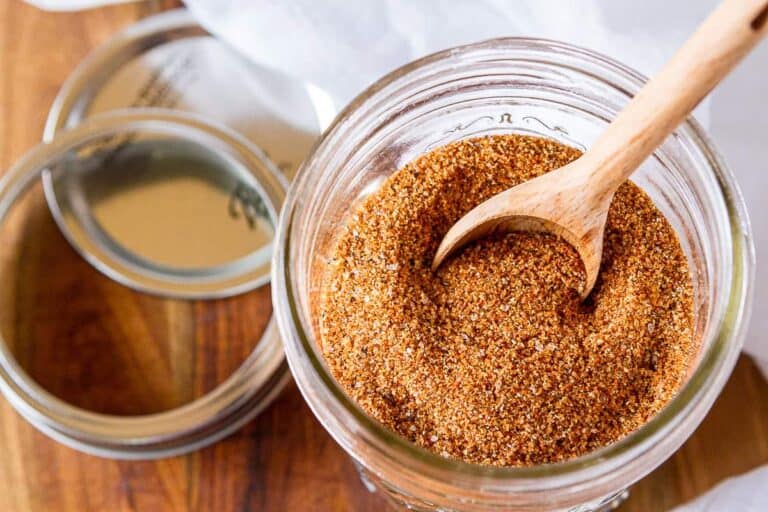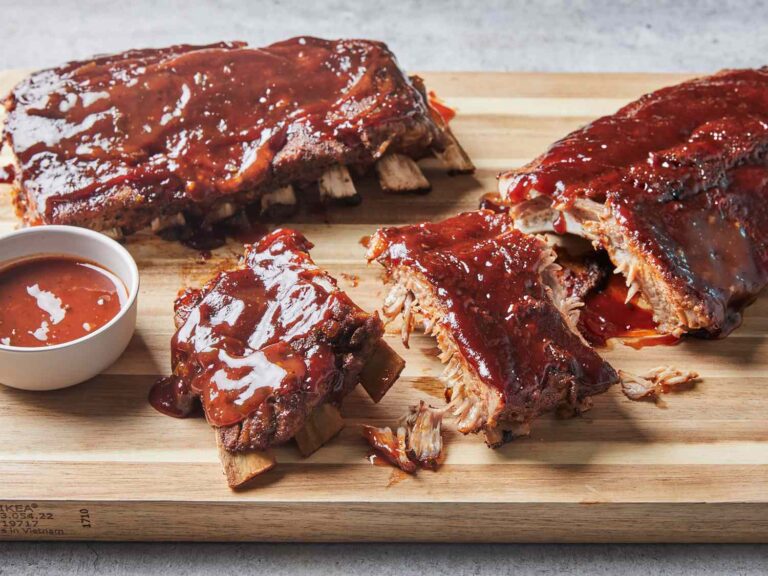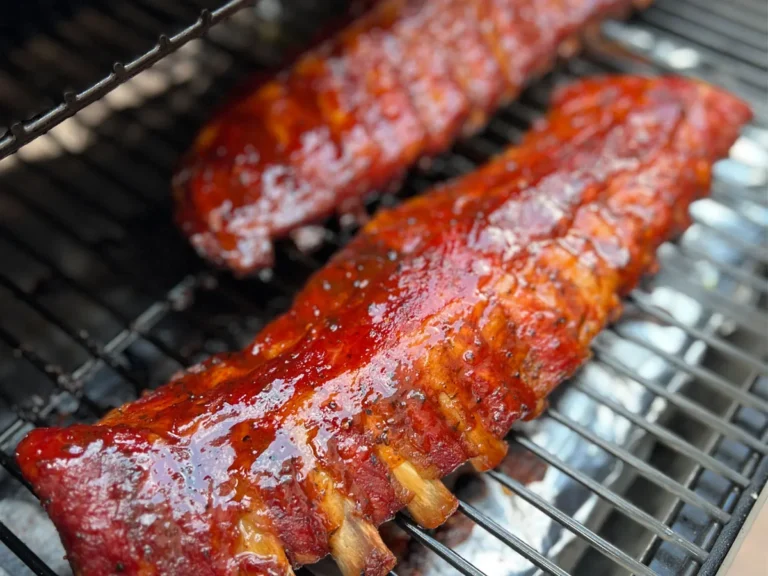How to Slice a Brisket: A Step-by-Step Guide
Slicing a brisket may seem like a daunting task, but with the right tools and technique, it can be a breeze. Whether you’re a seasoned pitmaster or a beginner, learning how to slice a brisket properly is essential to achieving mouth-watering results. In this article, we’ll cover everything you need to know to slice a brisket like a pro.
First, we’ll start with understanding brisket and the different cuts. Then, we’ll cover the preparation steps you need to take before slicing, including choosing the right tools. Next, we’ll delve into the art of slicing, including how to identify the grain and slice against it. We’ll also discuss tips from the experts on how to preserve flavor and moisture. Finally, we’ll wrap up with serving suggestions and frequently asked questions.
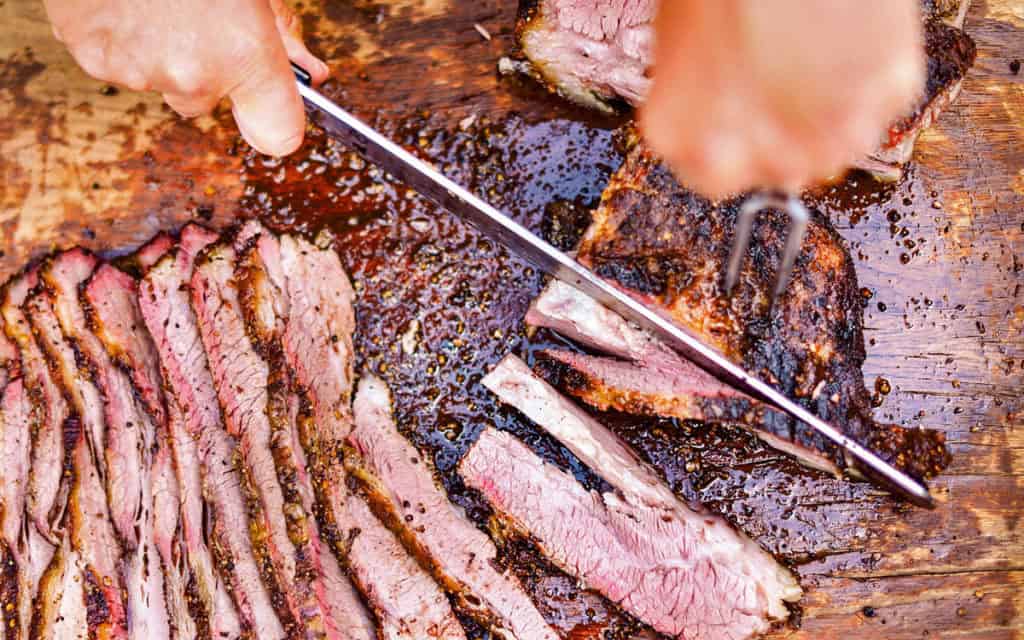
Key Takeaways
- Understanding the different cuts of brisket is essential to slicing it properly
- Proper preparation before slicing, including choosing the right tools, is key to achieving great results
- Slicing against the grain and preserving flavor and moisture are crucial to achieving mouth-watering brisket.
Understanding Brisket
Brisket is a cut of beef that comes from the lower chest of the cow. It is a large, tough cut of meat that requires slow cooking to become tender and flavorful. Brisket is a popular cut for smoking, as it absorbs smoke flavor well and becomes incredibly tender when cooked low and slow.
There are a few different types of brisket that you may encounter. The most common is a full packer brisket, which includes both the flat and the point muscles. The flat is a leaner muscle that is easier to slice, while the point is fattier and more flavorful. Some butchers may also sell just the flat or just the point.

When preparing a brisket, it is important to understand the different muscles and connective tissue that make up the cut. The meat is held together by a thick layer of fat and connective tissue, which can be tough if not cooked properly. However, when cooked low and slow, this connective tissue breaks down and becomes tender and flavorful.
To prepare a brisket for cooking, it is important to trim away any excess fat and silver skin. This will help the meat cook more evenly and prevent it from becoming tough or chewy. When slicing a cooked brisket, it is important to slice against the grain of the meat to ensure that each slice is tender and easy to chew.


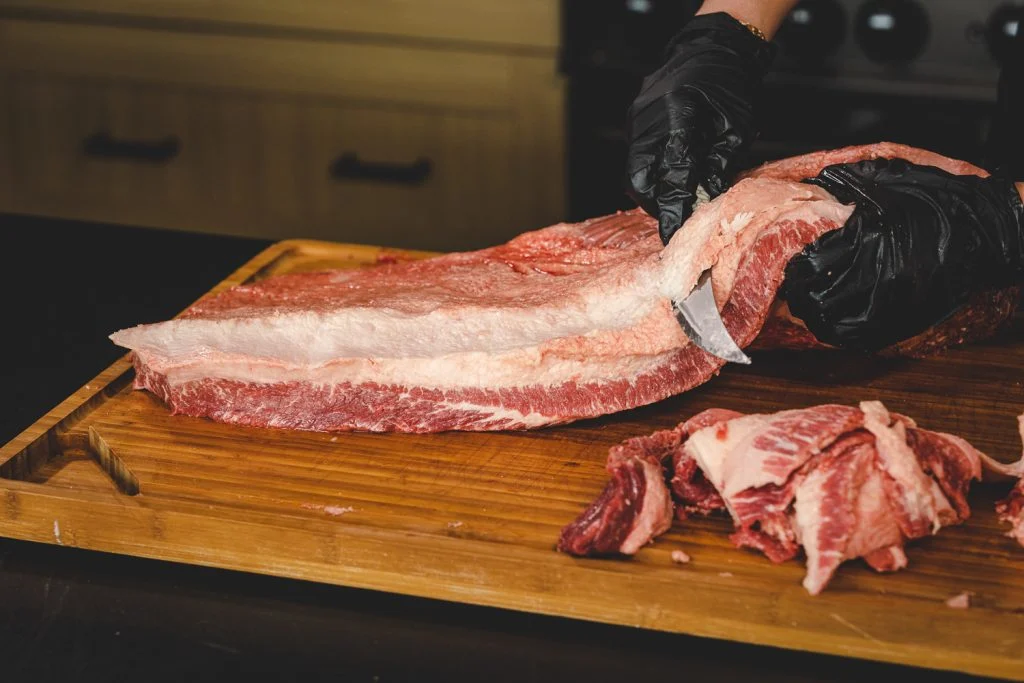
Overall, understanding the different muscles and connective tissue in a brisket can help you prepare and cook this flavorful cut of beef. With the right techniques and cooking methods, you can turn a tough cut of meat into a delicious and tender meal.
Preparation Before Slicing
Before slicing a brisket, it is important to prepare it properly. Here are some tips to ensure that your brisket is ready for slicing:
- Cooking and Smoking: First, make sure that your brisket has been cooked and smoked properly. A properly cooked brisket should have a nice bark on the outside and be tender and juicy on the inside. It is important to cook the brisket to an internal temperature of at least 195°F to ensure that it is fully cooked.
- Seasoning: Next, make sure that your brisket has been seasoned properly. A good brisket should be seasoned with a rub that includes salt, pepper, and other spices. The rub should be applied generously to the brisket and allowed to sit for at least an hour before cooking.
- Internal Temperature: Check the internal temperature of the brisket before slicing to ensure that it has reached the desired temperature. The internal temperature should be at least 195°F, but it is recommended to let it reach 200°F for optimal tenderness.
- Foil: After cooking, wrap the brisket in foil and let it rest for at least an hour. This will help the juices redistribute and make the brisket more tender.
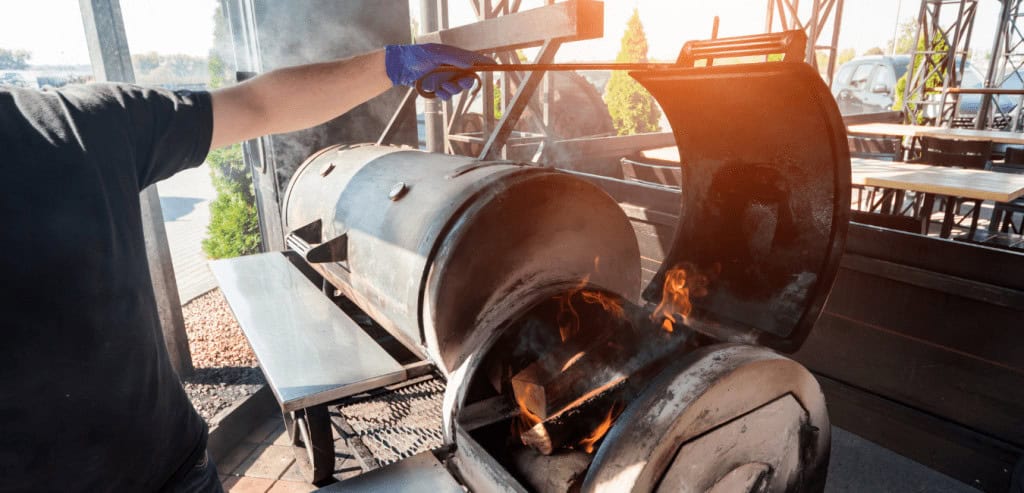
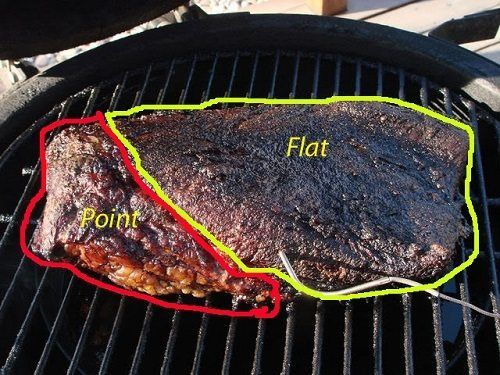
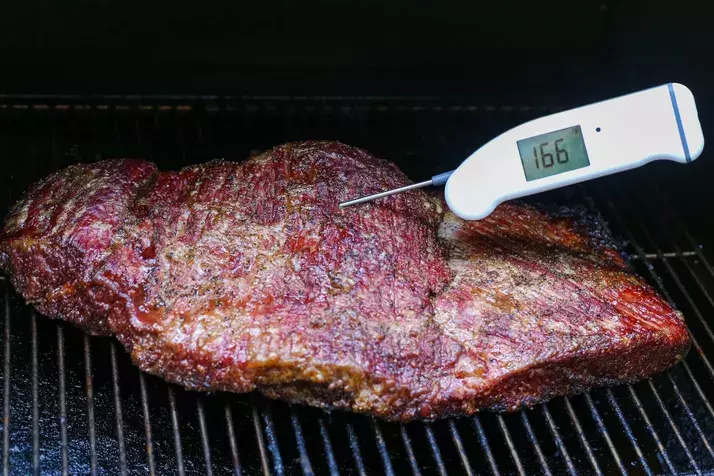
- Well-Rested: Make sure that the brisket has rested for at least an hour before slicing. This will help the juices settle and make the brisket easier to slice.
- Fat Cap and Excess Fat: Trim any excess fat from the brisket before slicing. This will make the brisket easier to slice and more enjoyable to eat.

Choosing the Right Tools
When it comes to slicing a brisket, having the right tools is essential. Here are a few things to keep in mind when choosing your tools:
- Cutting Board
- Brisket Knife
- Sharp Slicing Knife
- Knives
- Serrated Knife

Remember, having the right tools is only half the battle. Make sure to take your time and slice the brisket slowly and carefully to ensure even, uniform slices.
Instructions in Slicing a Brisket
Slicing a brisket is an essential skill for any barbecue enthusiast. It is crucial to slice the brisket correctly to ensure that each slice is tender, juicy, and flavorful. Here are a few tips on how to slice a brisket like a pro.
Slicing Against the Grain
The first and most crucial step in slicing brisket is to cut against the grain. The grain refers to the muscle fibers in the meat. Slicing against the grain breaks up these fibers, making the meat more tender and easier to chew. To find the grain, look for the lines running through the meat. Slice perpendicular to these lines to cut against the grain.
The Right Knife
Using the right knife is also essential when slicing brisket. A long, sharp knife with a thin blade is ideal. A sharp knife will make clean cuts, and a thin blade will allow you to slice the meat more precisely. A serrated knife is not recommended as it will tear the meat and make it less tender.
Slicing Technique
When slicing brisket, start by trimming any excess fat from the meat. Then, slice off a thin piece from the end to create a flat surface. This will make it easier to slice the brisket evenly. Hold the knife at a slight angle and slice the brisket into thin slices, about ¼ inch thick. Be sure to slice against the grain for each slice.
Presentation
When serving brisket, it is essential to arrange the slices nicely on the platter. Arrange the slices in a fan shape, with the pointy end of each slice facing the same direction. This will make the brisket look more appealing and appetizing.
By following these tips and techniques, you can slice a brisket like a pro. Remember to cut against the grain, use the right knife, and slice the meat thinly and evenly. With a little practice, you’ll be slicing brisket like a pro in no time.
Understanding the Grain
When it comes to slicing brisket, one of the most important things to understand is the grain. The grain refers to the direction of the muscle fibers in the meat. It’s important to identify the direction of the grain before slicing the brisket, as this can affect the texture and tenderness of the meat. To identify the grain, look for the lines that run across the surface of the brisket. These lines indicate the direction of the muscle fibers. The grain will typically run in one direction for the flat and another for the point.
When slicing the brisket, it’s important to cut against the grain. Slicing against the grain means cutting perpendicular to the direction of the muscle fibers. This helps to break up the muscle fibers and make the meat more tender. If you slice with the grain, the meat will be tougher and chewier. This is because you are cutting the muscle fibers, which can make them harder to chew.

Preserving Flavor and Moisture
Slicing brisket is an art that requires precision and care. But it’s not just about the technique; it’s also about preserving the flavor and moisture of the meat. Here are some tips to help you do just that:
- Let the Brisket Rest: Before slicing the brisket, it’s essential to let it rest. This allows the juices to redistribute throughout the meat, making it more tender and flavorful. Letting the brisket rest for at least 30 minutes will help preserve its moisture and tenderness.
- Slice Against the Grain: Slicing against the grain is crucial for preserving the tenderness of the brisket. The grain refers to the direction of the muscle fibers in the meat. Slicing against the grain shortens these fibers, making the meat more tender and easier to chew. Slicing with the grain will result in a tougher and chewier brisket.
- Preserve the Bark: The bark is the flavorful crust that forms on the outside of the brisket during smoking. It’s important to preserve the bark when slicing the brisket. To do this, use a sharp knife and make clean cuts without sawing back and forth. Sawing can remove the bark and result in a less flavorful brisket.
- Use a Meat Slicer: Using a meat slicer can help preserve the moisture and tenderness of the brisket. A meat slicer can make clean, even cuts that are less likely to tear the meat and release its juices. It’s also faster and more efficient than slicing by hand.
- Avoid Reheating: Reheating brisket can result in a dry and tough meat. If you need to reheat the brisket, do so gently and slowly to avoid drying it out. Wrapping the brisket in foil and reheating it in the oven at a low temperature can help preserve its moisture and tenderness.
Serving Suggestions
Once you have sliced your brisket, it’s time to think about how to serve it. Here are a few suggestions to get you started:

- Burnt Ends: If you have any burnt ends, set them aside for a special treat. These crispy, flavorful pieces are a delicacy in their own right and can be served on their own or mixed in with the sliced brisket.
- Brioche Rolls: For a more casual meal, consider serving your brisket on brioche rolls. The sweet, buttery flavor of the rolls pairs perfectly with the rich, smoky flavor of the meat.
- Traditional Sides: Of course, no brisket meal would be complete without some classic sides. Coleslaw, mac and cheese, and baked beans are all great choices that complement the flavor of the brisket.
- Creative Twists: If you’re feeling adventurous, try experimenting with some creative serving ideas. For example, you could serve your brisket over a bed of creamy polenta or alongside a refreshing watermelon salad.
No matter how you choose to serve your brisket, be sure to enjoy it with friends and family. After all, good food is always better when shared!
Tips from the Experts
When it comes to slicing a brisket, there are a few tips from the experts that can help you achieve the perfect slices. Here are some of the most important ones:
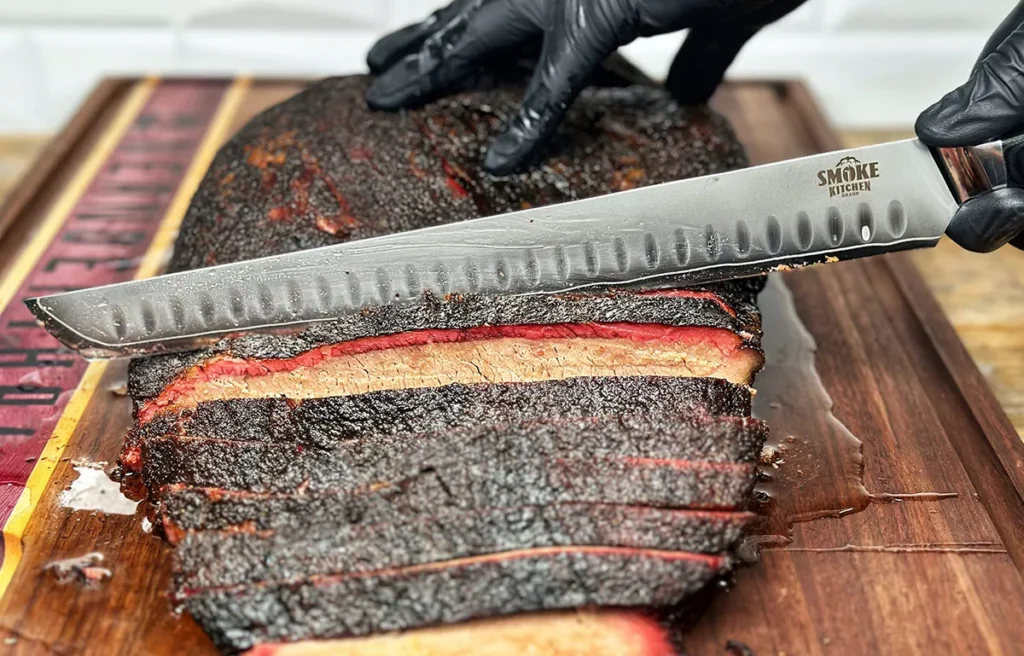
- Slice against the grain: This is the most important tip when it comes to slicing brisket. The grain of the meat refers to the direction in which the muscle fibers are aligned. Slicing against the grain means cutting perpendicular to these fibers, which makes the meat more tender and easier to chew.
- Use a sharp knife: A sharp knife is essential for clean, even slices. Dull knives can tear the meat, making it harder to slice cleanly.
- Let the meat rest: Before slicing, let the brisket rest for at least 20 minutes. This allows the juices to redistribute throughout the meat, making it more tender and flavorful.
- Trim excess fat: Before slicing, trim any excess fat from the brisket. This not only makes the meat healthier, but also makes it easier to slice cleanly.
Aaron Franklin, a renowned pitmaster and owner of Franklin Barbecue in Austin, Texas, recommends slicing brisket by hand rather than using a meat slicer. This allows for more control over the thickness of the slices and ensures that each slice is perfectly cut against the grain.
Sharing Your Brisket
Once you’ve sliced your brisket, it’s time to share it with your friends and family. Here are a few tips on how to make the most of your brisket and impress your guests.
Sharing on Social Media
If you want to share your brisket with the world, social media is a great way to do it. Here are a few tips on how to make your brisket look as good as it tastes:
- Lighting: Make sure your brisket is well-lit and in focus. Natural light is best, but if you’re taking photos indoors, use a bright lamp or flashlight to light your brisket.
- Composition: Arrange your brisket in an attractive way. Use a clean plate or cutting board, and add some garnishes or sides to make the photo more interesting.
- Hashtags: Use relevant hashtags, such as #brisket, #bbq, and #foodporn, to help your photo get noticed.
Remember, the most important thing is to enjoy your brisket with your loved ones. Don’t worry too much about getting the perfect photo or impressing your followers on social media. Just savor the flavor and the memories you’re making.
Brisket Recipe
Brisket is a classic and delicious cut of beef that is perfect for a variety of dishes. Here is a simple and easy recipe for cooking a brisket that is sure to impress.
Ingredients
- 1 5-6 pound beef brisket
- 2 tablespoons kosher salt
- 1 tablespoon black pepper
- 1 tablespoon garlic powder
- 1 tablespoon onion powder
- 1 tablespoon smoked paprika
- 1/4 cup beef broth
Instructions
- Preheat your oven to 275°F.
- Combine the salt, pepper, garlic powder, onion powder, and smoked paprika in a small bowl to make the rub.
- Rub the spice mixture all over the brisket, making sure to coat it evenly.
- Place the brisket in a roasting pan and pour the beef broth over it.
- Cover the roasting pan tightly with foil and place it in the oven.
- Cook the brisket for 6-7 hours, or until it is tender and easily pulls apart with a fork.
- Remove the brisket from the oven and let it rest for 15-20 minutes before slicing.
When slicing the brisket, be sure to cut against the grain to ensure that it is tender and easy to eat. Serve with your favorite sides and enjoy!
Frequently Asked Questions
Disclosure: Our blog contains affiliate links to products. We may receive a commission for purchases made through these links. However, this does not impact our reviews and comparisons. We try our best to keep things fair and balanced, in order to help you make the best choice for you.



